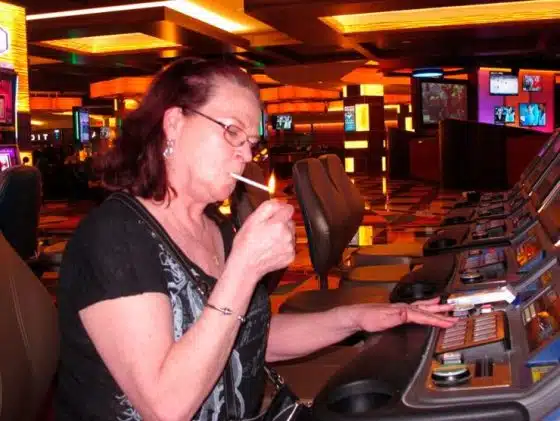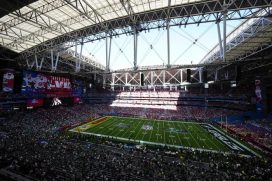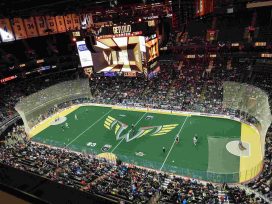Patrick Causey, on Twitter @PhillySportsPMC
I had three thoughts immediately after hearing that the Philadelphia Eagles traded cornerback Brandon Boykin to the Pittsburgh Steelers for a conditional fifth round draft pick that can escalate to a fourth round pick if certain performance standards are met.
1. Why?
2. That is a bad return for a quality cornerback in a league starved for quality corners.
3. Who is his replacement?
Those thoughts have been magnified following the news that JaCorey Shepherd's injury is much worse than initially thought, with the team confirming that Shepherd's season is over with a torn acl.
Philosophically, the first question — why did the Eagles trade one of their most consistent players in the secondary over the last two years — is the easiest to answer. Even if you disagree with his reasoning, it is becoming increasingly obvious that Chip Kelly has a specific player in mind: from both a cultural perspective and a physical measurement perspective. If you do not fit both of those molds, you will not be on the team for long.
Kelly has already said that Boykin "had a great work ethic" and "did everything we asked him to do here." So the cultural buy-in, be it hydrating, and sleep monitoring, and drinking smoothies, was not an issue.
Which means that Boykin, standing at 5'9, did not fit Kelly's preference for tall cornerbacks with length. Kelly, and his defensive coordinator Billy Davis, believe those physical traits are prerequisites for the press man coverage the Eagles frequently employ. Even if Boykin proved that he could overcome his vertical decencies, the Eagles seemed convinced that his short stature and arms would eventually catch up to him.
But if you consider the move outside of Kelly's philosophical approach to team building, and just look at it from a practical perspective, the "why" makes little sense. Especially when it is analyzed in the context of the other two thoughts highlighted above: the return the Eagles received and the players at their disposal to replace Boykin.
Put another way, why trade one of your best players in the secondary for a draft pick which has less than a 50% chance of producing an NFL player that will meaningfully contribute to the team?Especially where, as here, the Eagles lacked a viable, proven option to replace Boykin's top level production from the slot, a predicament which is made worse by the fact that the return the Eagles did receive will not even come to fruition until next offseason.
Kelly suggested the move was a reflection of, and credit to, the Eagles depth at corner: "It more speaks to what our depth was at the position. We’re going to have to make some tough decisions at corner and we’re not going to be able to keep them all."
But a quick peruse of the Eagles' depth chart casts serious doubt on the veracity of that claim.
Despite the reports that the Eagles viewed Shepherd as a viable replacement for Boykin, he was a sixth round pick for a reason. He converted from wide receiver to corner, and played exclusively on the outside. Playing slot in the NFL might as well be considered a new position for the rookie. So even if he didn't get hurt, Shepherd was a long shot to match Boykin's production.
Don't just take my word for it, many NFL experts and former players agree. Take Chris Collinsworth for example, who was gushing about Boykin last night during NBC's coverage of the Steelers game:
Cris Collinsworth said last night that Brandon Boykin was the "best" CB on the Eagles…….. @975Mornings continues to discuss! Tune in!
— 975TheFanatic (@975TheFanatic) August 10, 2015
Brian Balldinger covered Shepherd in college, and has said several times since the trade that Shepherd is not on Boykin's level: "“I know JaCorey Sheperd… I know him I did his games…. and believe me, [he's not] not Brandon Boykin."
But that point is now moot, because Shepherd is now out for the year with a torn acl.
So who else do the Eagles have? Let's run through the list quickly:
- Walter Thurmond seems like the ideal candidate, having played, and excelled, at the nickle for the Seattle Seahawks Legion of Boom secondary. However, Thurmond is now the starting safety for the team opposite of Malcolm Jenkins, and as important as the nickle has become, it is less valuable than a starting safety spot.
- Former fifth round draft pick Jaylen Watkins, who appeared in only four games last year, recording three total tackles. To say that Watkins is an unknown at this point is an understatement, especially since the Eagles have been playing him at safety lately.
- E.J. Biggers, the former seventh round pick of the Tampa Bay Bucs that has bounced around the NFL, last playing for the Washington Redskins. While Biggers has experience playing slot corner — he played the nickle last year for Washington — he just isn't very good. PFF.com had Biggers as one of the worst rated corners in all of football.
- Sixth round draft pick Randall Evans, who has shown little signs of being ready to step into a meaningful role so far in training camp.
- Undrafted rookie Denzel Rice, who has flashed promise during training camp. But it is against third string competition, so expecting him to compete for a near-starting job would be a stretch.
In other words, the Eagles are left woefully thin at this spot.
(Side note: many of you are probably wondering why I did not include Eric Rowe, the Eagles second round pick, in that list. From what we have seen so far, Rowe has worked exclusively outside, and the Eagles likely aren't going to try to throw too much at Rowe this year, much like they did with Jordan Matthews last year. So I would not expect to see the Eagles move him to the slot this year).
Perhaps the Eagles will rely on a rotation of their starters, moving Carroll inside in nickle packages while Rowe takes outside. Or having Thurmond dropping down in nickle and plugging in Earl Wolff (is he even still alive?) in at safety. That might be the best solution. But it certainly is not ideal, especially since Rowe has yet to show the type of production during training camp that you would expect from a rookie ready to contribute this year, and Wolff has been inconsistent and injury prone in his short NFL career.
Which brings us back to the why: in the grand scheme of things, this move made little sense before, and that point has been driven home with the sudden pop of a ligament in a sixth round draft pick's knee. It is a troubling trend that we have seen from Chip Kelly: if he decides he does not need you anymore — despite your production — he will cut ties with you regardless of the opportunity cost. We saw that with Evan Mathis. We saw that with DeSean Jackson. Had it not been for a torn achilles tendon, we probably would have seen it with Mychal Kendricks.
And now, we've seen it with Boykin.
While you can come up with legitimate reasons for each of those moves in a vacuum, football moves aren't made in a vacuum. They are made in this pesky little thing we call reality, which requires context, and a recognition that quality NFL players are a scare resource, and thinking about the "bigger picture."
When you look at that trade with the big picture in mind, the marginal return they received and the few viable replacements in the ranks, the why becomes harder to justify.
So while it is still unclear how the Eagles will handle the nickle position moving forward, the one thing that isn't up for dispute is that the Eagles had a very capable player available to play nickle in the wake of this injury, but they traded him to the Pittsburgh Steelers for scrap heaps.







